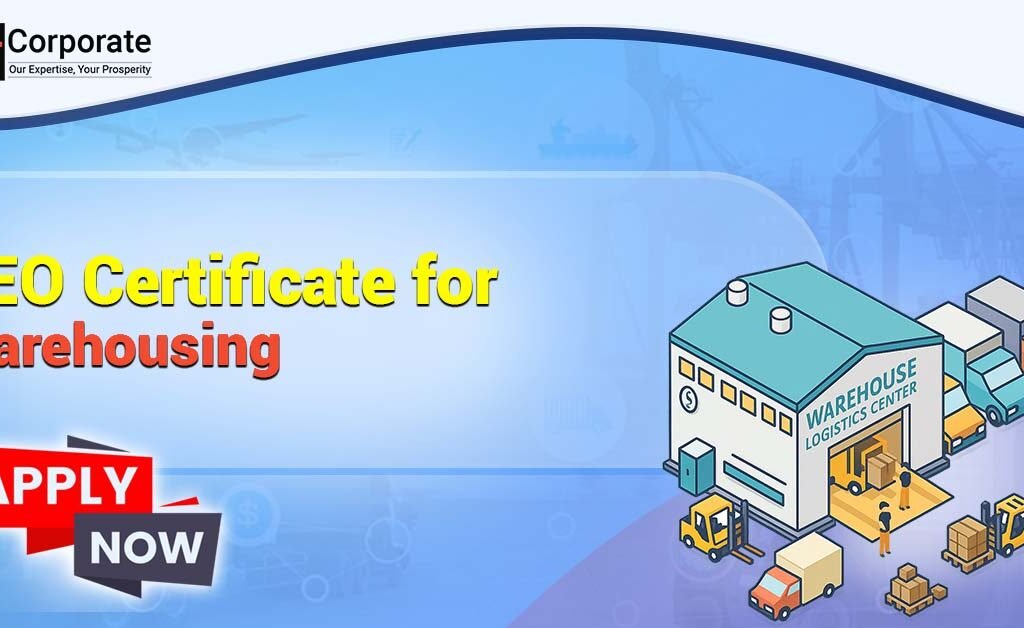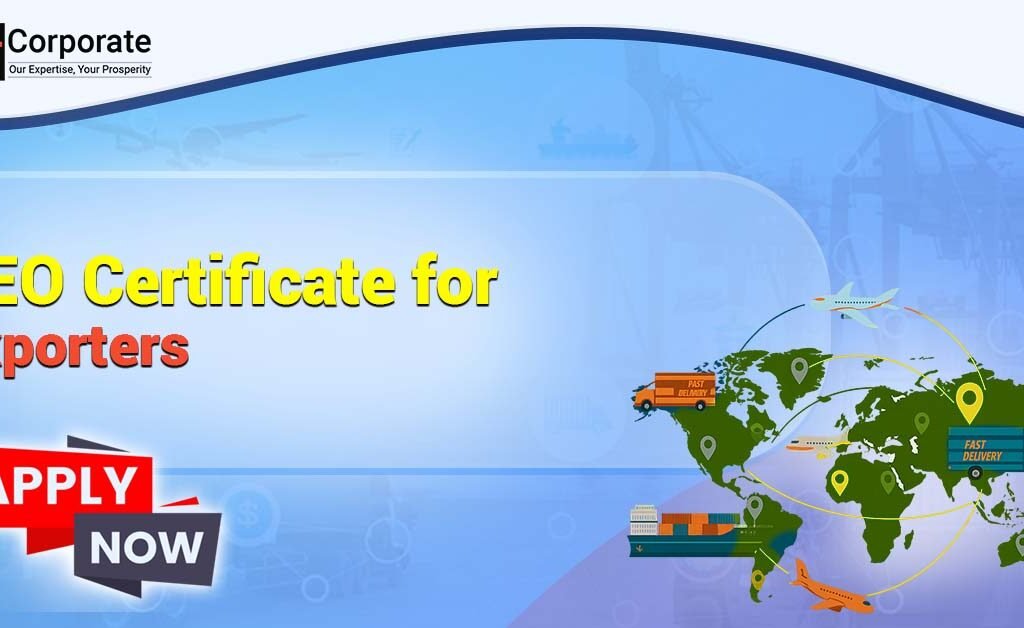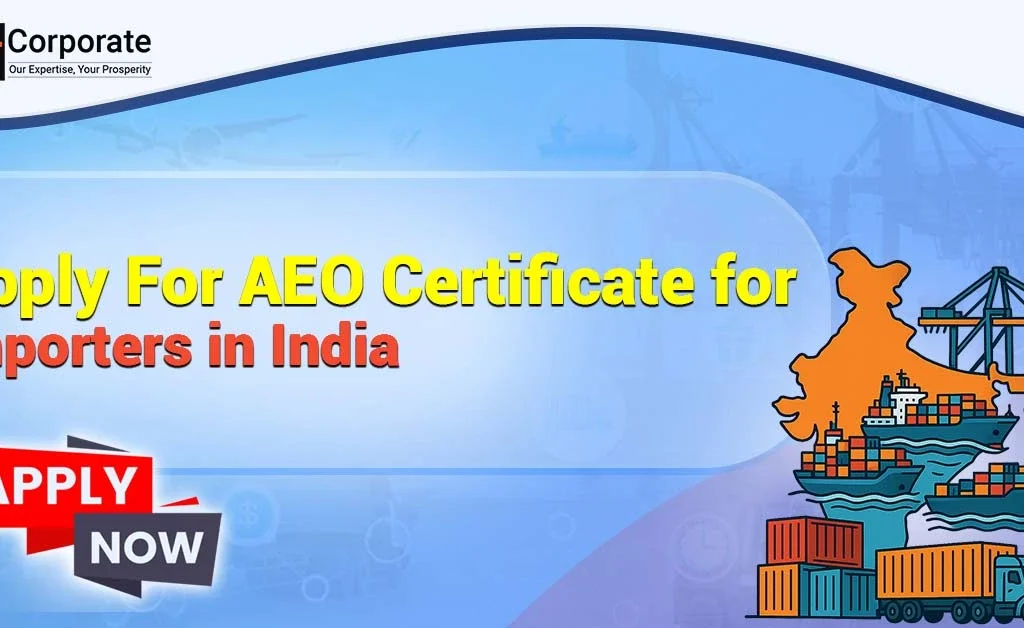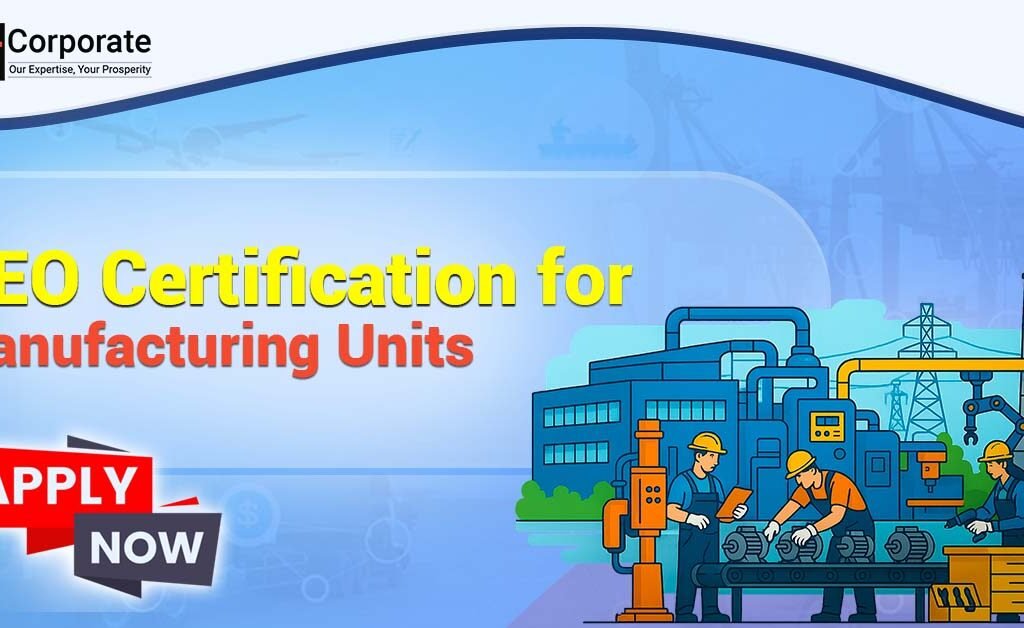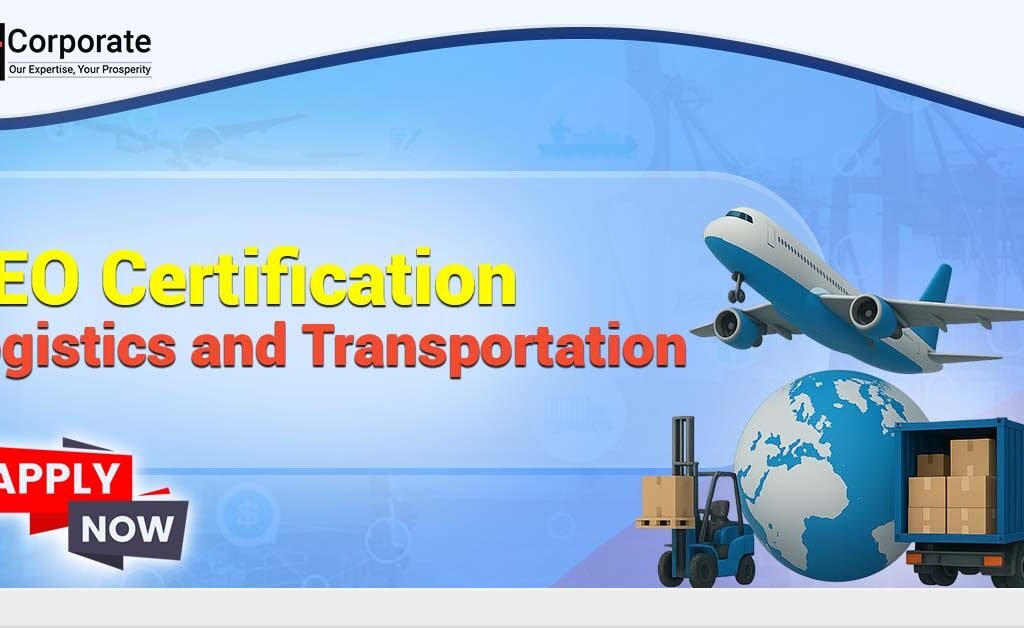How To Apply For an AEO Certificate for Custodians (Step-by-Step Guide)
Have you ever encountered delays during customs processing and routine warehouse inspections? Don’t worry, because we have the solution to your query. Yes, correct. The AEO certificate for custodians is the solution. Possessing a certificate that allows fast processes across ports, airports, warehouses, and container depots. The desire to manage products across various sites requires specific strategies. Here is a detailed guide for applying for AEO certification as a custodian. What Is the AEO Certificate for Custodians? Let’s understand what a certification is for custodians. This is a certificate that helps port operators, custodians, and terminal handlers ensure high standards of security, infrastructure, and load management. This certificate aims to maintain India’s supply chain logistics. Here is a proper authority that is assigned for issuing AEO certificates for custodians: CBIC (Central Board of Indirect Taxes and Customs). Also read: AEO Certificate for Importers Eligibility Criteria for Custodians To qualify for AEO Certification as a Custodian, you must meet certain baseline requirements. These include: Valid Custodian License granted by Customs Minimum 3 years of operations as a Custodian Clean track record with no major customs/GST violations Ownership or control of infrastructure for cargo storage and movement Demonstrated internal security procedures and recordkeeping systems Documents Required for AEO Application (Custodians) Here’s a list of key documents typically required while applying for AEO Certification as a Custodian: Copy of Custodian License / Customs Notification IEC Certificate (if applicable) GST Certificate Certificate of Incorporation / Partnership Deed PAN Card of the Company Latest 3 Years of Audited Financial Statements Cargo Handling SOPs Site Plan of Facilities (Ports, CFS, ICD, etc.) List of Security Equipment (CCTV, Access Controls, etc.) Security Plan (including personnel checks, training, visitor access, etc.) Solvency Certificate Self-Declaration on Company Letterhead Risk Management and Contingency Plans Employee Background Verification Procedures Site Safety Protocols and Infrastructure Details -Copy of Custodian appointment/permission under Section 45, 58 or 65, or CBIC Notification -Copy of AEO Portal Registration Acknowledgement -Copy of any prior AEO Rejection/Withdrawal (if applicable) Annexure B – Security Questionnaire (mandatory) Learn more: How To Apply For an AEO Certificate for Warehousing Step-by-Step Process to Apply for an AEO Certificate (Custodians) Step 1: Determine Your AEO Category All custodians fall under the AEO-LO (Authorised Economic Operator – Logistics Operator) category. Custodians generally apply under the AEO-LO (Logistics Operator) category, separate from T1/T2 exporters. The AEO-T1, T2, and T3 tiers only apply to importers and exporters. AEO-LO covers custodians, terminal operators, CFSs, ICDs, freight forwarders, bonded warehouse operators, and transporters” category depends on: Type of custodial operations (port, airport, CFS, ICD, bonded warehouse, etc.) Volume and complexity of cargo handled Security protocols are in place. Step 2: Register on the AEO Portal If you want to register on the AEO portal, visit https://aeoindia.gov.in and create your user login as a Custodian. Then select “Logistics Operator” in the role field. Step 3: Submit Application Forms Annexure A – Entity Information Form Annexure B – Security questions SOPs and Site Layouts should be attached in the specified format. Step 4: Upload Documents Upload all documents via the AEO portal. Ensure all files are: Digitally signed (preferably) Legible and organised Properly named as per the checklist. Step 5: Physical Verification by Customs For custodians, the application process always involves a site inspection by Customs officers. They will verify: Physical security measures Infrastructure & layout SOP implementation Access control and surveillance systems Staff training and documentation protocols AEO Certificate Processing Time for Custodians Category Time Required AEO-LO Custodian 90 to 120 working days (avg.) The time may vary depending on infrastructure size, cargo type, and jurisdictional Customs load. Advantages of an AEO Certificate for Custodians Custodians who achieve AEO status enjoy the following key benefits: Faster clearance of inbound and outbound cargo Preferential treatment by Customs officers Reduced inspections and document scrutiny Enhanced reputation and credibility Increased business from AEO-certified importers/exporters Recognition under Mutual Recognition Agreements (MRA) with other countries Lower disruptions due to coordinated risk management Why Should Custodians Hire Professionals? The application for custodians is far more complex than exporter/importer applications. From security SOPs to employee vetting systems, many custodians rely on professionals to: Draft SOPs and documentation for AEO Conduct pre-application gap assessments Coordinate site readiness and employee training Handle communications with Customs Submit a complete and audit-ready application So there are so many things, but don’t worry, here we are, the ELT team, we will help them in the complete process and make it easier and smoother Conclusion If you want to gain a competitive edge in a logistics company, then getting an AEO Certification as a Custodian is very important for you, not just about compliance. AEO status gives you the advantage of speed, trust, and preference in shipment operations. With the proper documentation and process, you can make your establishment a Customs-trusted establishment in India’s logistics network.


